The interplay between extreme drought and catastrophic flooding has puzzled scientists for decades, yet recent research reveals these phenomena are two sides of the same climate coin. As global temperatures rise, the Earth's water cycle is undergoing radical acceleration—a paradox where arid regions grow thirstier while wet areas drown under torrential rains. This isn't mere climate variability; it's a fundamental reorganization of how water moves through our atmosphere and landscapes.
The Drought-Flood Seesaw
At first glance, drought and flood appear to be opposing forces. But examine the atmospheric mechanics, and a disturbing synergy emerges. Prolonged drought bakes soils into hydrophobic crusts, creating nature's equivalent of pavement. When rains finally arrive, water sheets across this impermeable surface with terrifying efficiency. California's 2023 deluge-after-megadrought demonstrated this vividly—where 60% of precipitation became immediate runoff, compared to 15% in healthy watersheds.
Meanwhile, warmer air temperatures enable astonishing water vapor storage. For every 1°C increase, the atmosphere's moisture capacity jumps 7%. This creates what hydrologists call "atmospheric buckets"—parched air masses that hoard moisture until weather patterns force a dump. The 2022 Pakistan floods exemplified this, where prolonged heat built an atmospheric reservoir that ultimately unloaded 190% of normal monsoon rains.
Jet Stream Anarchy
The polar jet stream, Earth's atmospheric traffic cop, is losing its vigor as Arctic warming reduces temperature gradients. This weakening causes weather systems to stall—droughts that overstay their welcome and rainstorms that park for days. Researchers tracking "blocking events" found these stationary patterns have increased 17% since 1979. When a blocked low-pressure system meets an enhanced moisture plume, the results rewrite rainfall records.
Texas experienced this new reality in May 2024. After eight weeks of record drought, a stalled low-pressure system drew Gulf moisture into a firehose that dumped 23 inches in 72 hours. Houston's flood control systems, designed for 20th-century rainfall patterns, were overwhelmed by what meteorologists termed a "million-year storm"—the second such event in seven years.
Soil Memory Erasure
Healthy ecosystems regulate water flow through what soil scientists call the "sponge effect." Plant roots create pore spaces that absorb rainfall like memory foam, releasing it slowly to streams and aquifers. But extended drought kills this microbial metropolis—when vegetation dies, the soil collapses into compaction. NASA's GRACE satellites reveal that drought-stricken regions lose up to 80% of their soil water-holding capacity.
The Australian Millennium Drought (1997-2009) demonstrated this hysteresis effect. Even after rains returned, watersheds needed nearly a decade to regain half their original infiltration rates. This explains why post-drought floods often carry staggering sediment loads—the very land itself washes away when the biotic glue disappears.
Urbanization's Double Jeopardy
Cities amplify the drought-flood whiplash through impervious surfaces and heat island effects. Phoenix's 2023 monsoon season showcased this: 98 straight days without rain culminated in a single storm that flooded 1,200 homes. The concrete jungle had converted sporadic desert rains into catastrophic runoff while simultaneously baking under enhanced drought conditions from urban heat.
Coastal megacities face compound threats. Jakarta's groundwater extraction during droughts causes land subsidence, making floods progressively worse. Satellite data shows northern Jakarta sinking 25 cm annually—meaning today's "extreme" flood will be next decade's high tide.
The Thirsty Atmosphere Hypothesis
Emerging research suggests drought conditions may actively prime regions for extreme rainfall. The "dry gets drier, wet gets wetter" paradigm is giving way to a more nuanced understanding of atmospheric thirst. Drought-baked landscapes create thermal low-pressure zones that become moisture magnets. Like a dehydrated sponge, the parched atmosphere over drought regions develops intense convective potential.
Climate models now simulate how drought-altered land surfaces modify regional circulation patterns. The 2021 European floods followed this script—a spring drought altered pressure gradients that later steered Atlantic moisture into a deadly convergence. What was once considered weather misfortune now appears to be climate feedback.
Glacial Loss: The Ultimate Accelerant
Perhaps the most irreversible water cycle change comes from vanishing glaciers. These frozen reservoirs historically provided steady meltwater during dry seasons while buffering against extreme rainfall. Their disappearance leaves regions simultaneously more drought-prone and flood-vulnerable. The Himalayas have lost 40% of glacial mass since 1750, explaining why downstream nations now oscillate between water rationing and biblical floods.
Peru's Cordillera Blanca glaciers tell this story in microcosm. Once reliable water sources, their retreat has left valleys subject to both water scarcity and devastating "huayco" mudflows when intense rains hit exposed slopes. The same mountain range now hosts desertification and flash floods—sometimes within the same watershed.
Engineering Against Nature
Human attempts to control water cycles often exacerbate the problem. China's South-North Water Transfer Project moves 45 billion cubic meters annually from flood-prone south to arid north. Yet by depleting southern reservoirs during droughts, the system may intensify flood vulnerability when rains return. Similarly, Mississippi River levees prevent routine flooding but force catastrophic breaches when extreme water arrives.
Netherlands' Room for the River program offers an alternative approach—designing landscapes that accommodate both extremes. By creating controlled floodplains and dynamic water storage, the Dutch system acknowledges that resilience requires space for both drought and deluge.
The Feedback Future
Climate models project a 24% acceleration of the global water cycle by 2100 if emissions continue. This means more frequent and intense swings between hydrological extremes. The 2023 IPCC report introduced the term "compound hydroclimatic events" to describe these back-to-back disasters that overwhelm adaptation capacities.
From Australia's "Black Summer" fires followed by record floods to the Horn of Africa's drought-flood cycles that displace millions annually, the signals are clear. The age of gradual hydrological change has ended; we now face an era where the sky's faucet alternates between rusted shut and wrenched open. Understanding these linked extremes isn't just academic—it's becoming a matter of survival for communities worldwide.

By /Jun 7, 2025

By /Jun 7, 2025

By /Jun 7, 2025

By /Jun 7, 2025

By /Jun 7, 2025

By /Jun 7, 2025

By /Jun 7, 2025

By /Jun 7, 2025

By /Jun 7, 2025

By /Jun 7, 2025
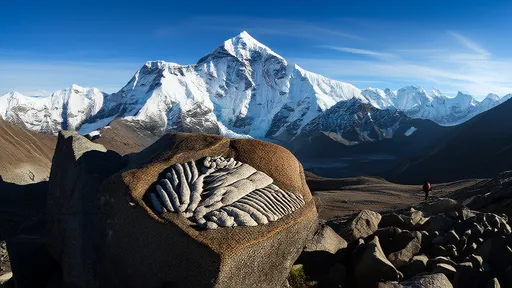
By /Jun 7, 2025
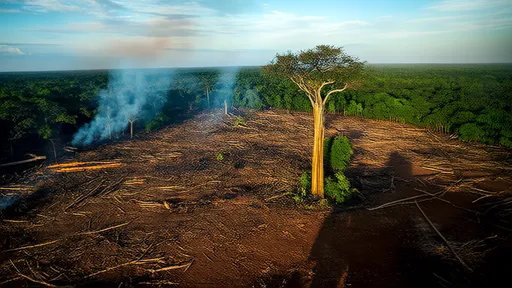
By /Jun 7, 2025

By /Jun 7, 2025

By /Jun 7, 2025
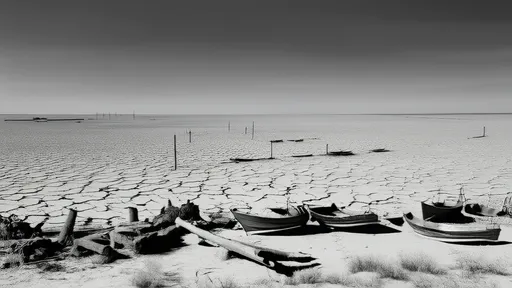
By /Jun 7, 2025

By /Jun 7, 2025
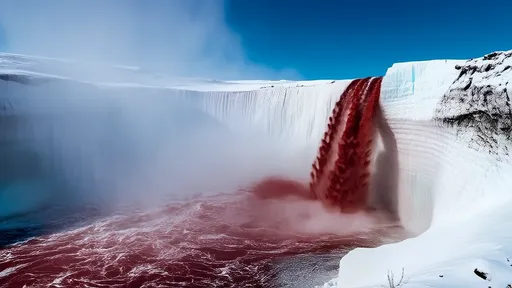
By /Jun 7, 2025

By /Jun 7, 2025
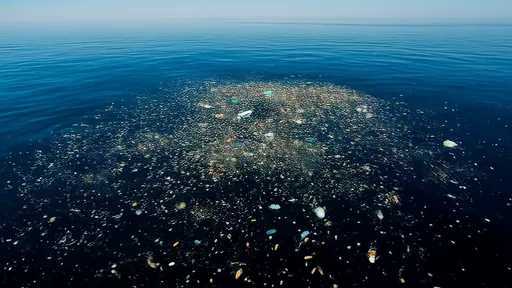
By /Jun 7, 2025
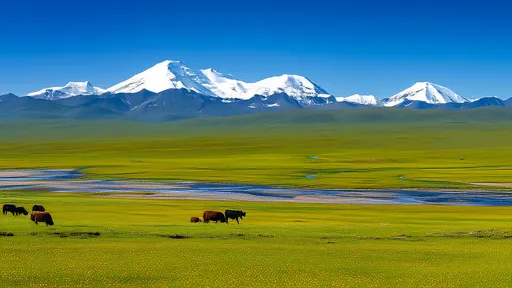
By /Jun 7, 2025